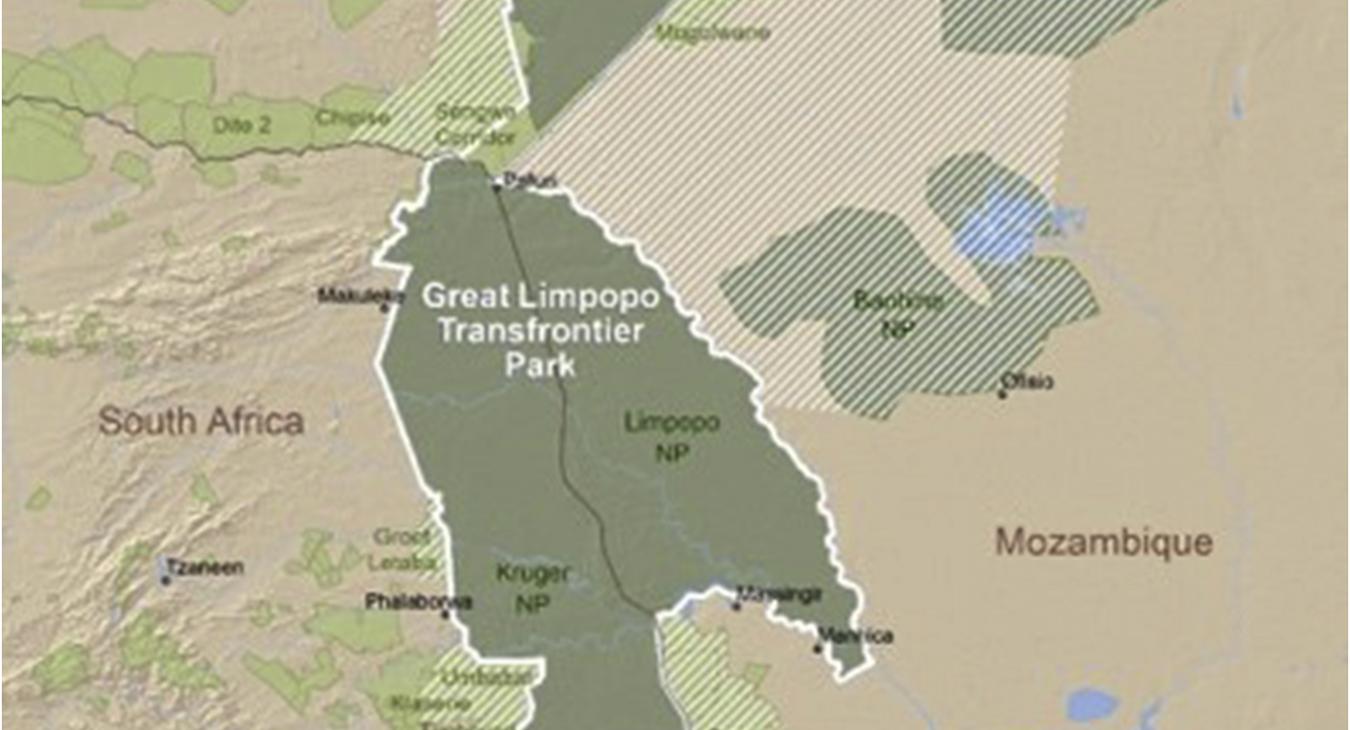National Academies of Sciences
University of Cape Town
This project aims to enhance our understanding about the impacts of the Covid-19 pandemic and lockdown restrictions on the wildlife economy of Southern Africa.
The wildlife economy involves both humans and wildlife, generates income and livelihoods for rural people and includes diverse forms of tourism. USAID has invested substantial resources in building the wildlife economy, ensuring benefits reach traditionally marginalized groups including women. Unfortunately, an illegal wildlife economy persists undermining sustainable development and biodiversity conservation. This project investigates the nature of the pandemic’s shadows and explores its impact on illegal wildlife trade in South Africa, Tanzania and Zambia The countries are known for their extensive wildlife economies and faced varying severities and durations of pandemic-related quarantines. Preliminary research findings from a pilot study indicate that illegal supply chains and networks were quick to adapt to the new lockdown realities (shock resistant) and proved resilient whereas legal wildlife economies, especially those involving international tourism, are struggling to bounce back (shock sensitive).
The project will take place over a 3-year period with each year focusing on a different set of questions applied comparatively across countries. As the pandemic continues, we hope to track pandemic shadows over time. We will analyze what can be learned from mapping impacts of Covid for future pandemic scenarios and other external shocks including extreme weather events linked to climate change.
The project employs mixed methods research methodologies and aims to -
1) Explore variation in impacts on the wildlife economy, including people and wildlife in three countries with varying pandemic responses. A) What, where how, and why are frictions in the wildlife economy under Covid, who is involved and what are the implications? Friction refers to negative impacts that block the free flow of wildlife, capital, services and humans associated with the broader wildlife economy B) What, where how, and why are flows in the wildlife economy under Covid, who is involved and what are the implications?
2) Characterize accumulating frictions and flows as well as second and third order impacts of Covid on the wildlife economy with a specific focus on Indigenous Peoples and Local Communities, women and youth and wildlife species including plants, collectables, megafauna, and marine species.

